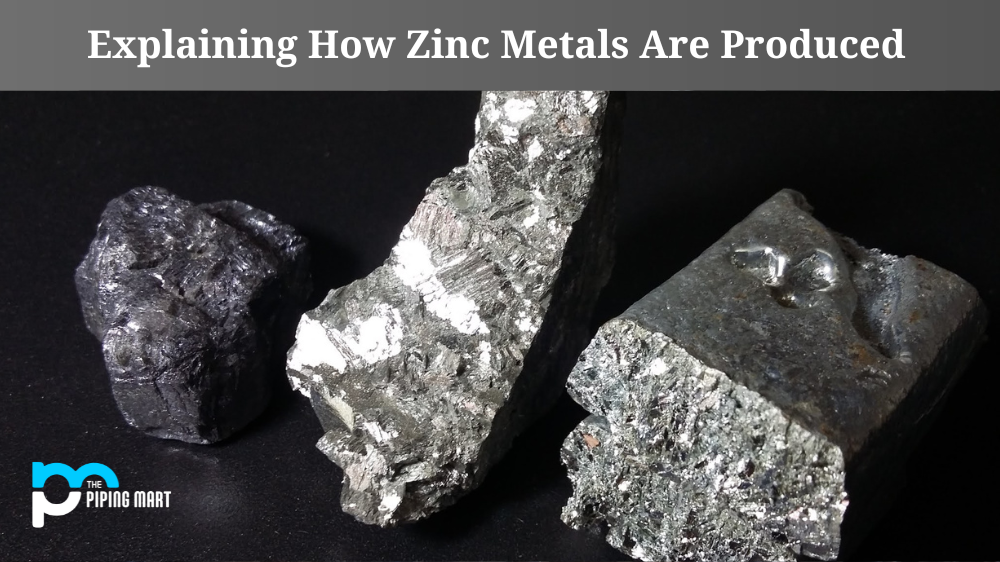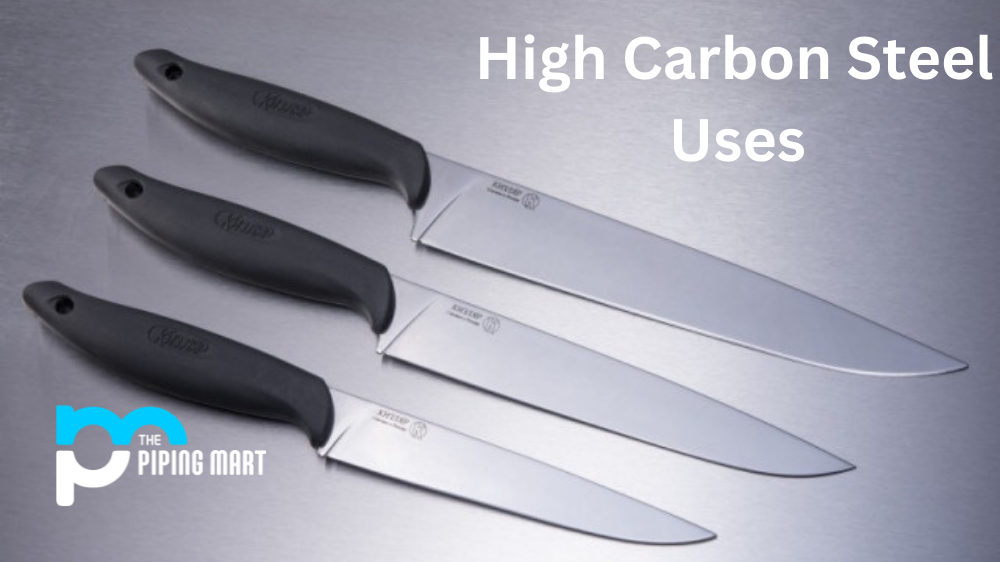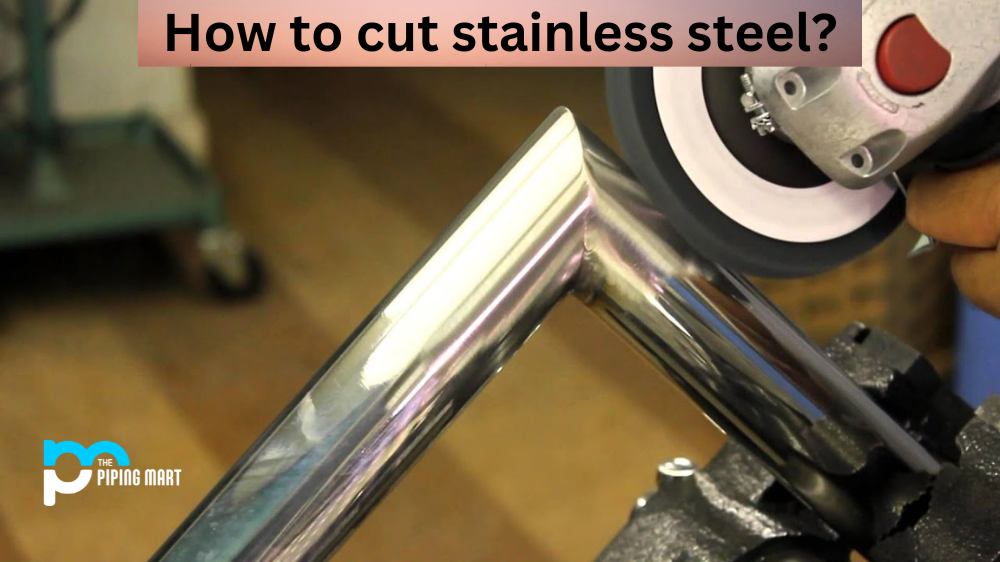Zinc is essential in producing numerous products, from galvanizing steel to creating brass alloys. Making zinc metal from ore can be broken down into three steps: mining, smelting, and refining. This blog post will take a closer look at each step in the production process.
Mining
The first step in producing zinc metal is mining for the raw materials used to make it. The most commonly mined ore for zinc is sphalerite, also known as zinc sulfide. This ore contains roughly 50% zinc by weight. It must be extracted through various methods, including open-pit or underground mining, depending on how deep the ore lies beneath the surface. During this process, large amounts of waste rock are created, which must be disposed of responsibly and safely.
Smelting
Once the ore has been extracted from the ground, it’s time to begin smelting. This involves heating the ore to high temperatures to separate impurities and remove pure molten zinc metal. During this stage, chemical additives may also be added to refine the product. Common additives include lead or antimony, which help reduce impurities like arsenic or copper that may remain in the zinc after smelting.
Refining
The last step in producing zinc metal is refining it into usable products such as sheets or bars, which can be used in construction projects or other applications where pure zinc is required. During this stage, any remaining impurities are carefully removed before being cast into their final form. Once refined, these products can then be shipped to customers worldwide for use in their projects.
Conclusion:
Producing high-quality zinc metals requires several steps that must be followed carefully and precisely to ensure a pure end product that meets industry standards. Each step plays a vital role in producing safe and reliable products that benefit customers worldwide, from extracting raw materials to refining them into a usable form. By understanding how these processes work together, scientists and engineers can create better products while reducing costs and increasing efficiency.

Abhishek is a seasoned blogger and industry expert, sharing his insights and knowledge on various topics. With his research, Abhishek offers valuable insights and tips for professionals and enthusiasts. Follow him for expert advice on the latest trends and developments in the metal industry.




